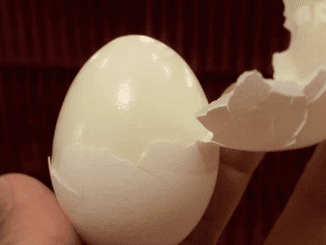Maintaining bright, white teeth is a goal many of us share. A sparkling smile not only enhances our appearance but also boosts our confidence. Yet, despite our best efforts, achieving and maintaining that perfect smile can be a challenge. One of the most surprising reasons for yellowing teeth lies in a simple, often overlooked mistake related to how we brush our teeth. In this article, we’ll delve into this common error, explore other factors contributing to teeth discoloration, and provide practical tips for a dazzling smile.
The Common Brushing Mistake That Leads to Yellow Teeth
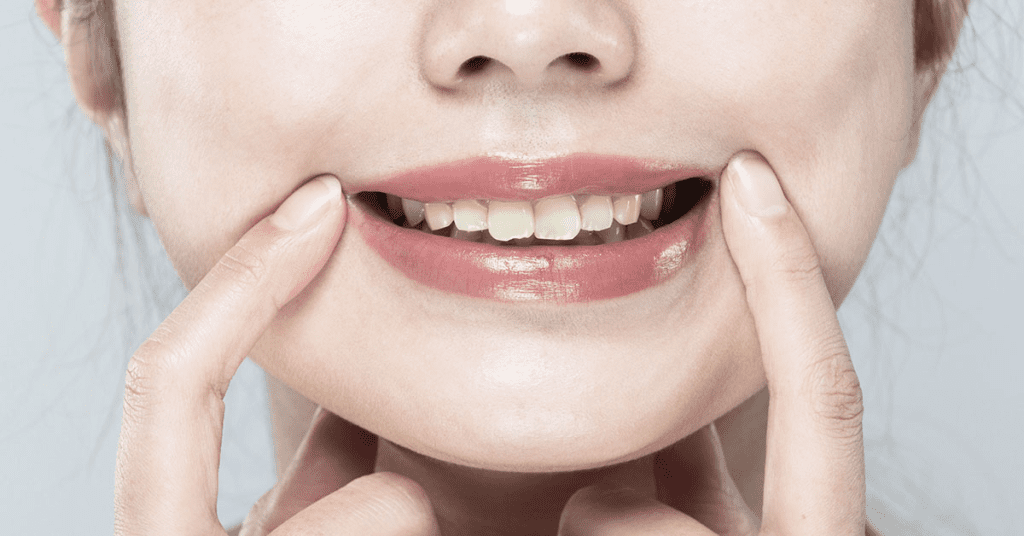
When it comes to oral hygiene, brushing your teeth seems straightforward. However, the way we brush and the timing of our sessions can significantly impact the color of our teeth. Let’s uncover this common mistake and learn how to correct it for a brighter smile.
Wetting Your Toothbrush: A Simple Step, Big Impact
Many people brush their teeth without wetting their toothbrush first. This seemingly minor error can majorly affect your oral hygiene and the color of your teeth. According to Dr. Ferakh Hamid, a dentist with over two decades of experience, brushing with a dry toothbrush can contribute to yellowing over time.
When you brush without adequately wetting your toothbrush, the toothpaste may not spread effectively. This can lead to less thorough cleaning and, over time, result in plaque buildup and surface stains that contribute to yellow teeth. Wetting the toothbrush helps soften the bristles, allowing them to glide more smoothly over your teeth and gums, ensuring better coverage and cleaning.
“Dry brushing might seem good for getting rid of surface stains at first. But without water, toothpaste doesn’t spread well,” Dr. Hamid explains. “When you wet the bristles, they soften up, making brushing gentler on your gums and teeth.”
The Right Time to Brush: Avoiding Enamel Erosion
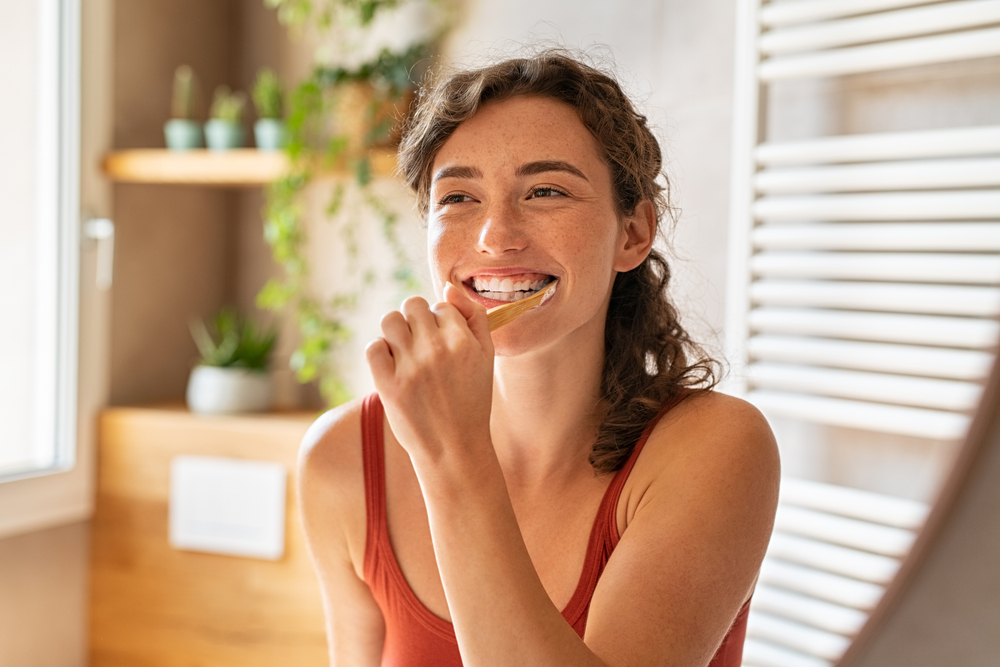
Another common mistake is brushing your teeth immediately after consuming acidic foods or drinks. While it seems logical to clean your teeth right after eating, doing so can actually cause more harm than good.
Understanding Acidic Foods and Their Impact on Teeth
Acidic substances like sodas, citrus fruits, and certain sweets can weaken the enamel—the protective outer layer of your teeth. If you brush while the enamel is weakened, you risk eroding it further, which can lead to increased sensitivity and discoloration.
The 30-Minute Rule
To avoid enamel erosion, dental experts recommend waiting at least 30 minutes after consuming acidic foods or drinks before brushing. This waiting period allows your enamel to remineralize and regain its strength, protecting it from damage during brushing.
“We definitely recommend holding off on brushing after consuming anything acidic,” advises Dr. Ezzard Rolle from Columbia University. “Acids weaken the enamel, so it’s essential to give it time to recover.”
Beyond Brushing: Other Factors Contributing to Yellow Teeth
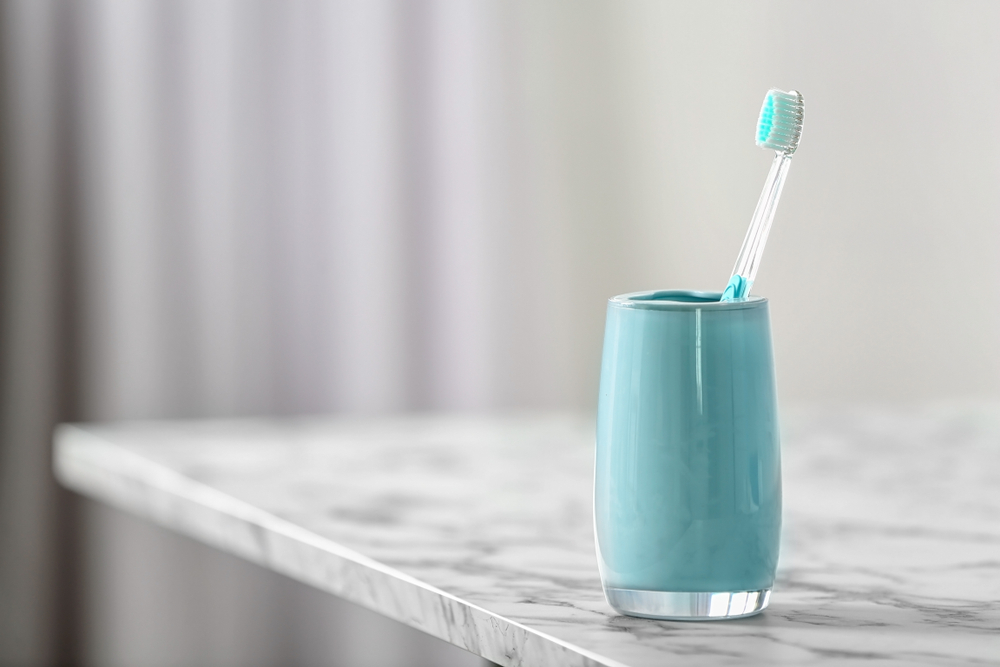
While brushing mistakes are significant contributors to teeth discoloration, they aren’t the only culprits. Several other factors can cause yellowing, and understanding these can help you take better care of your teeth.
10 Common Causes of Yellow Teeth

- Poor Oral Hygiene Habits: Infrequent brushing and flossing can lead to plaque buildup and stains.
- Consumption of Pigmented Foods and Beverages: Coffee, tea, red wine, and dark sauces can stain teeth over time.
- Tobacco Use: Smoking or chewing tobacco is notorious for causing yellow and brown stains.
- Aging: As we age, enamel naturally wears down, revealing the yellowish dentin underneath.
- Certain Medications: Antibiotics like tetracycline can cause discoloration.
- Teeth Grinding: This habit can wear down enamel, exposing dentin and leading to yellowing.
- Excessive Fluoride: High fluoride intake during childhood can lead to fluorosis, which causes discoloration.
- Genetics: Some people are genetically predisposed to thinner enamel, making their teeth appear more yellow.
- Trauma or Injury: Injuries can cause discoloration, especially if they affect enamel.
- Medical Conditions: Certain treatments, like chemotherapy, can lead to teeth discoloration.
Identifying the Cause of Yellowing
To effectively treat yellowing teeth, it’s essential to identify the underlying cause. If you notice your teeth becoming discolored, consider these factors and consult your dentist to determine the best course of action. Whether it’s changing your brushing habits or seeking professional whitening treatments, addressing the root cause is key to achieving a brighter smile.
Natural Ways to Whiten Teeth at Home
While professional treatments are highly effective, several natural methods can also help whiten your teeth. These methods are generally safe, but consulting your dentist before trying anything new is always a good idea.
Brushing with Whitening Toothpaste
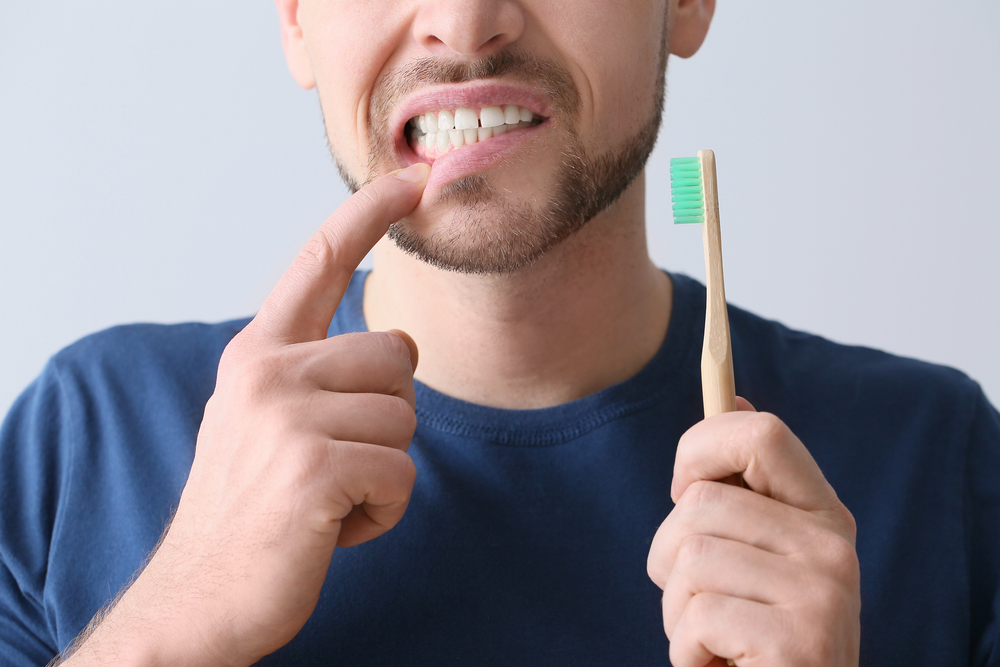
One of the easiest ways to whiten your teeth at home is by using toothpaste specifically designed for whitening. These toothpastes contain mild abrasives that help remove surface stains, making your teeth appear whiter over time.
Choosing the Right Toothpaste
When selecting a whitening toothpaste, look for one with the American Dental Association (ADA) seal of approval. This ensures the product is safe and effective. Additionally, consider toothpastes containing fluoride to protect against cavities and strengthen enamel.
Oil Pulling for a Brighter Smile
Oil pulling is an ancient practice involving swishing oil, such as coconut or sesame oil, in your mouth for 10-15 minutes. This practice is believed to help remove bacteria and plaque, leading to whiter teeth and improved oral health.
How to Oil Pull Effectively
To oil pull, place a tablespoon of oil in your mouth and swish it around for 10-15 minutes. Spit the oil into a trash can to avoid clogging your sink, and rinse your mouth with water. Follow up by brushing your teeth as usual.
Using Baking Soda as a Natural Whitener
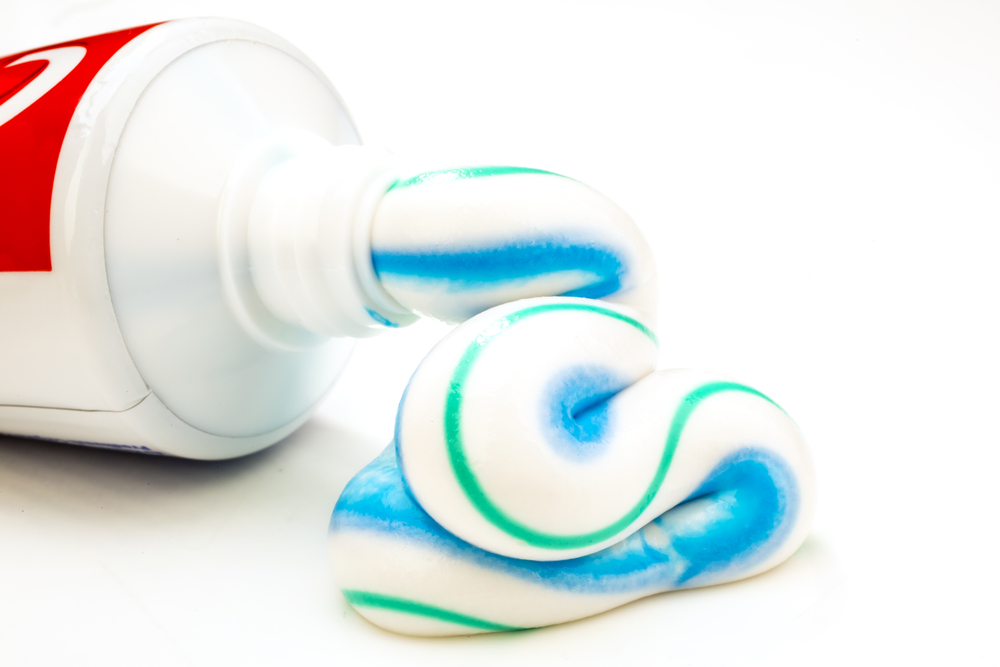
Baking soda is a popular natural remedy for teeth whitening due to its mild abrasive properties. It can help remove surface stains and polish your teeth, giving them a brighter appearance.
Creating a Baking Soda Paste
To use baking soda for whitening, mix a small amount with water to create a paste. Apply it to your toothbrush and gently brush in circular motions. Avoid using baking soda too frequently, as it can be abrasive and potentially damage your enamel if overused.
Hydrogen Peroxide for Whiter Teeth
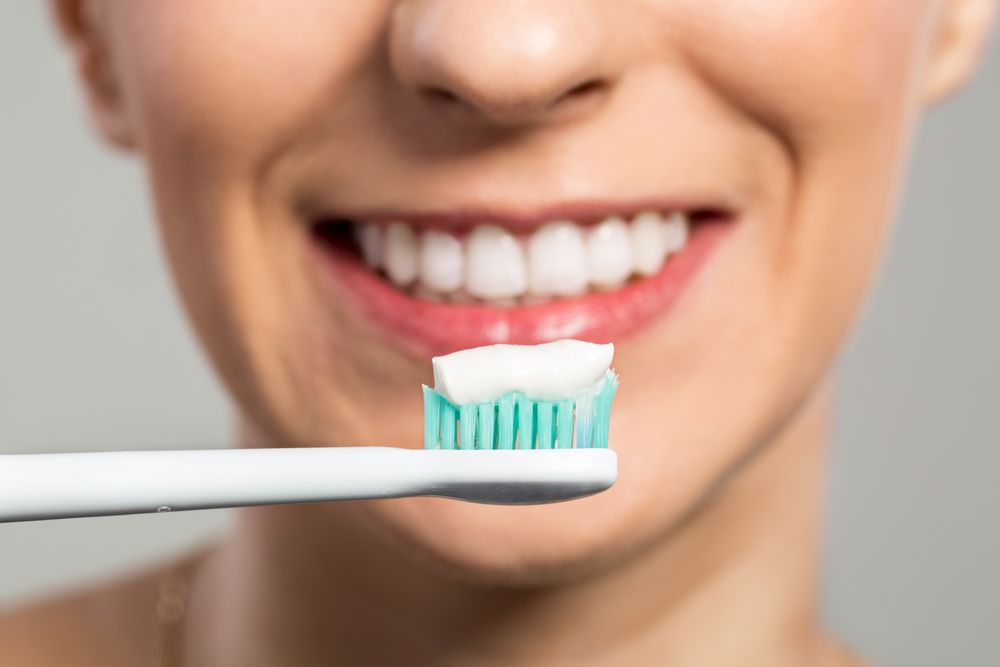
Hydrogen peroxide is another natural whitening agent found in many over-the-counter products. It can help remove stains and kill bacteria.
How to Use Hydrogen Peroxide Safely
To use hydrogen peroxide, dilute it with an equal amount of water and use it as a mouthwash. Swish the solution for a minute or two, then spit it out. Alternatively, mix it with baking soda to create a whitening paste. Use caution, as excessive use can lead to tooth sensitivity and gum irritation.
Conclusion
In summary, achieving and maintaining bright, white teeth involves more than just regular brushing. Common mistakes, such as not wetting your toothbrush and brushing immediately after acidic foods, can contribute to discoloration. By understanding these factors and employing natural whitening methods, you can enjoy a dazzling smile. Remember, it’s always best to consult your dentist for personalized advice and treatment options. With the right approach, you’ll be well on your way to a radiant smile that boosts your confidence!
